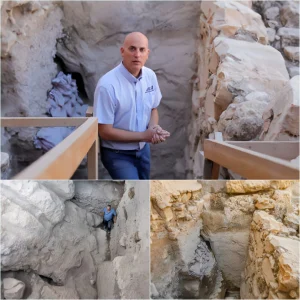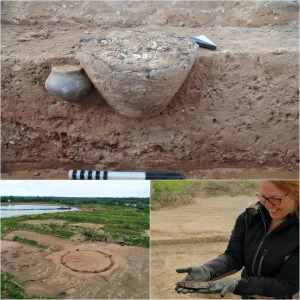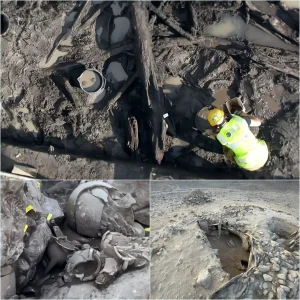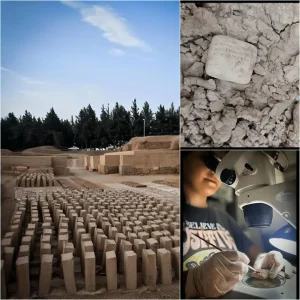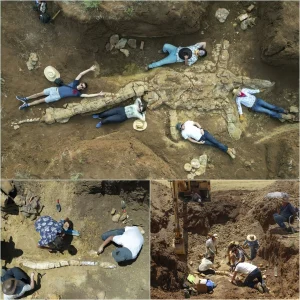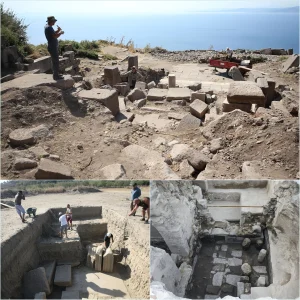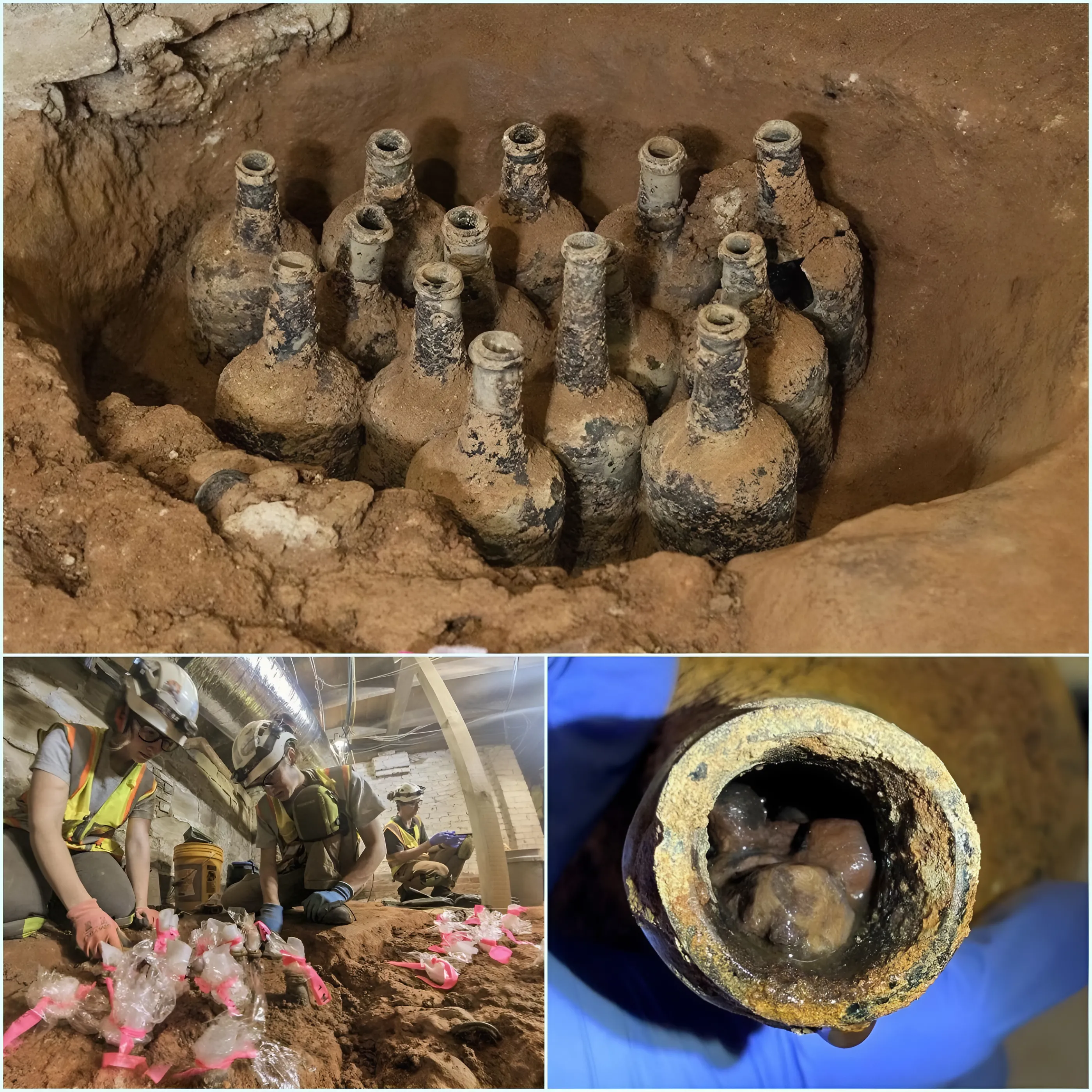
Archaeologists at Mount Vernon, the historic estate of President George Washington, have unearthed a remarkable cache of 35 glass bottles dating back to the 18th century. These bottles were discovered in the mansion’s cellar and contain perfectly preserved cherries and other berries. The find is part of the ongoing Mansion Revitalization Project, a $40 million effort aimed at preserving the original structure of Mount Vernon, overseen by the Mount Vernon Ladies’ Association (MVLA), a non-profit organization dedicated to historic preservation and education.
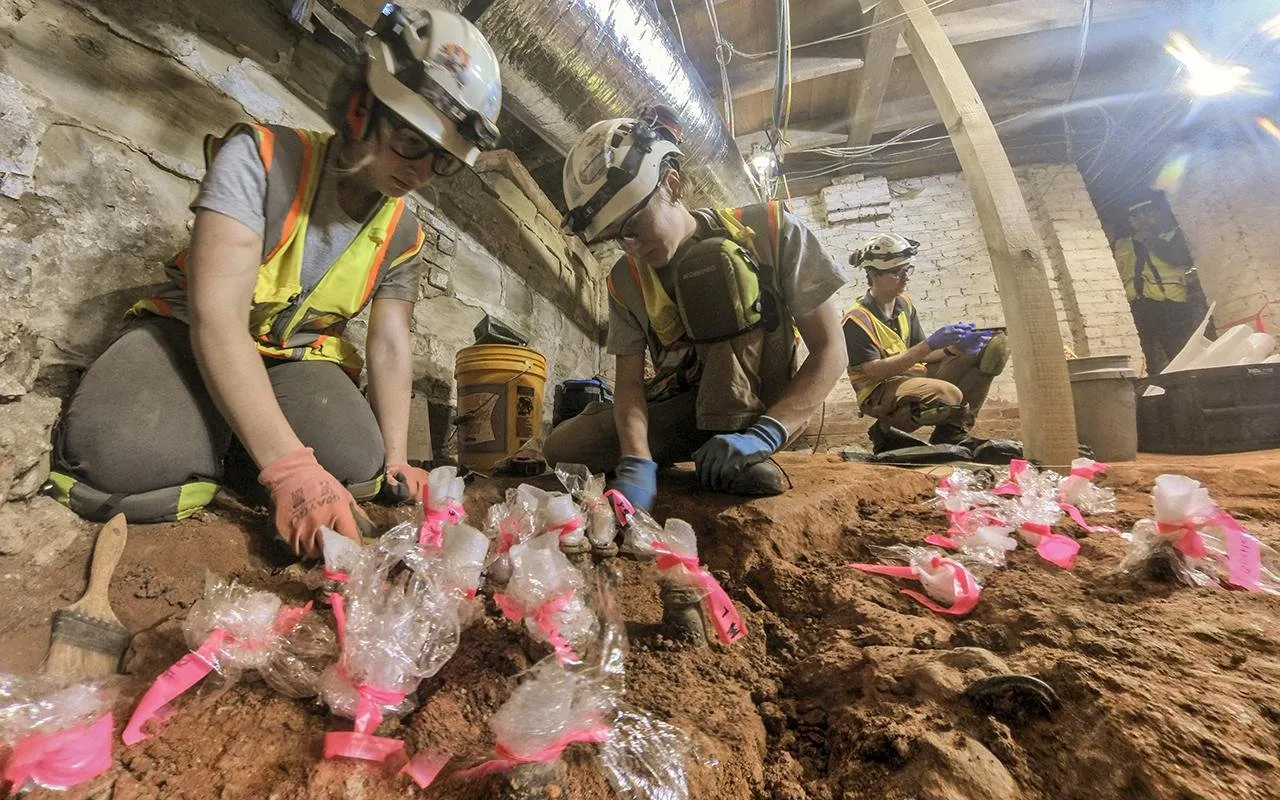
Mount Vernon President Doug Bradburn expressed astonishment at the discovery, noting, “Never in our wildest dreams did we imagine this spectacular archaeological find.” He speculated that these artifacts likely remained untouched since before the American Revolution, possibly forgotten when George Washington left Mount Vernon to lead the Continental Army.
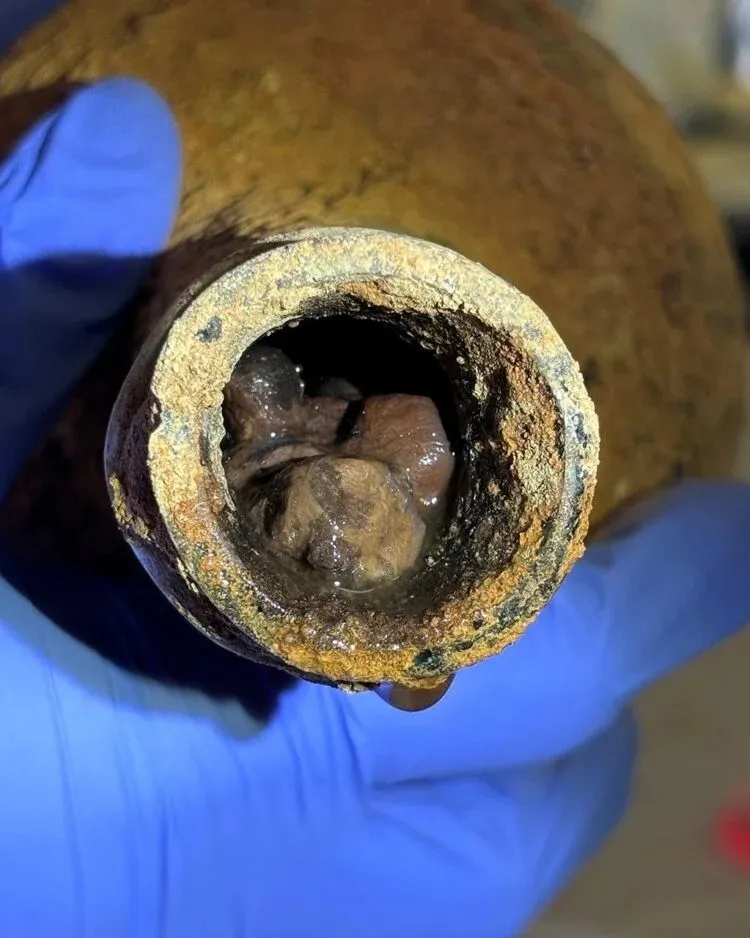
The 35 bottles were found in five storage pits within the mansion’s cellar, with 29 of them remaining intact. These bottles contain cherries and a variety of other berries, such as gooseberries or currants, preserved in a manner that has allowed them to survive for over two centuries. This discovery builds upon a previous find in April, where two European-manufactured bottles also containing preserved cherries were uncovered.
Jason Boroughs, Mount Vernon’s principal archaeologist, remarked, “These extraordinary discoveries continue to astonish us.” He highlighted that these fruits, picked and prepared more than 250 years ago, provide a rare glimpse into 18th-century plantation foodways and contribute significantly to our understanding of the origins of American cuisine.
Overall, the find underscores Mount Vernon’s rich historical significance and ongoing efforts to preserve and interpret its heritage for future generations.
